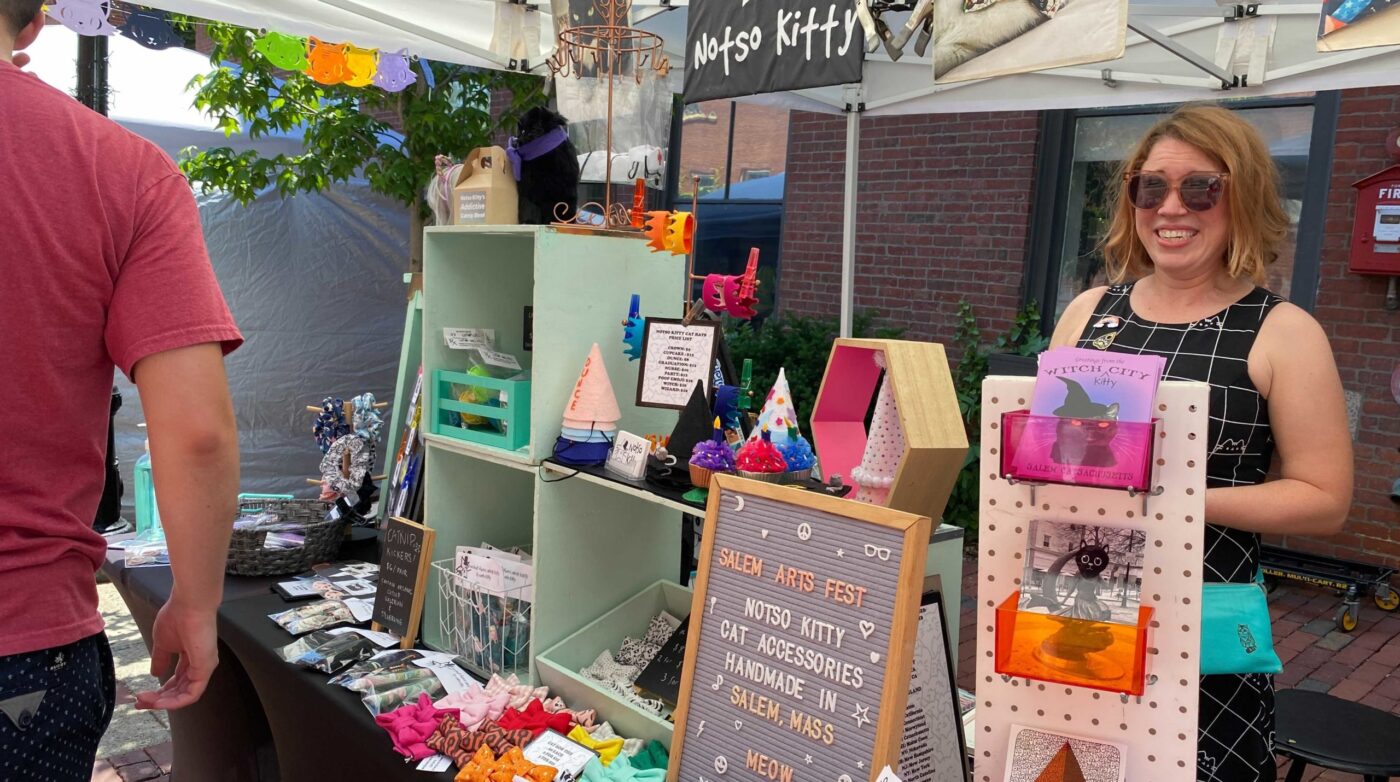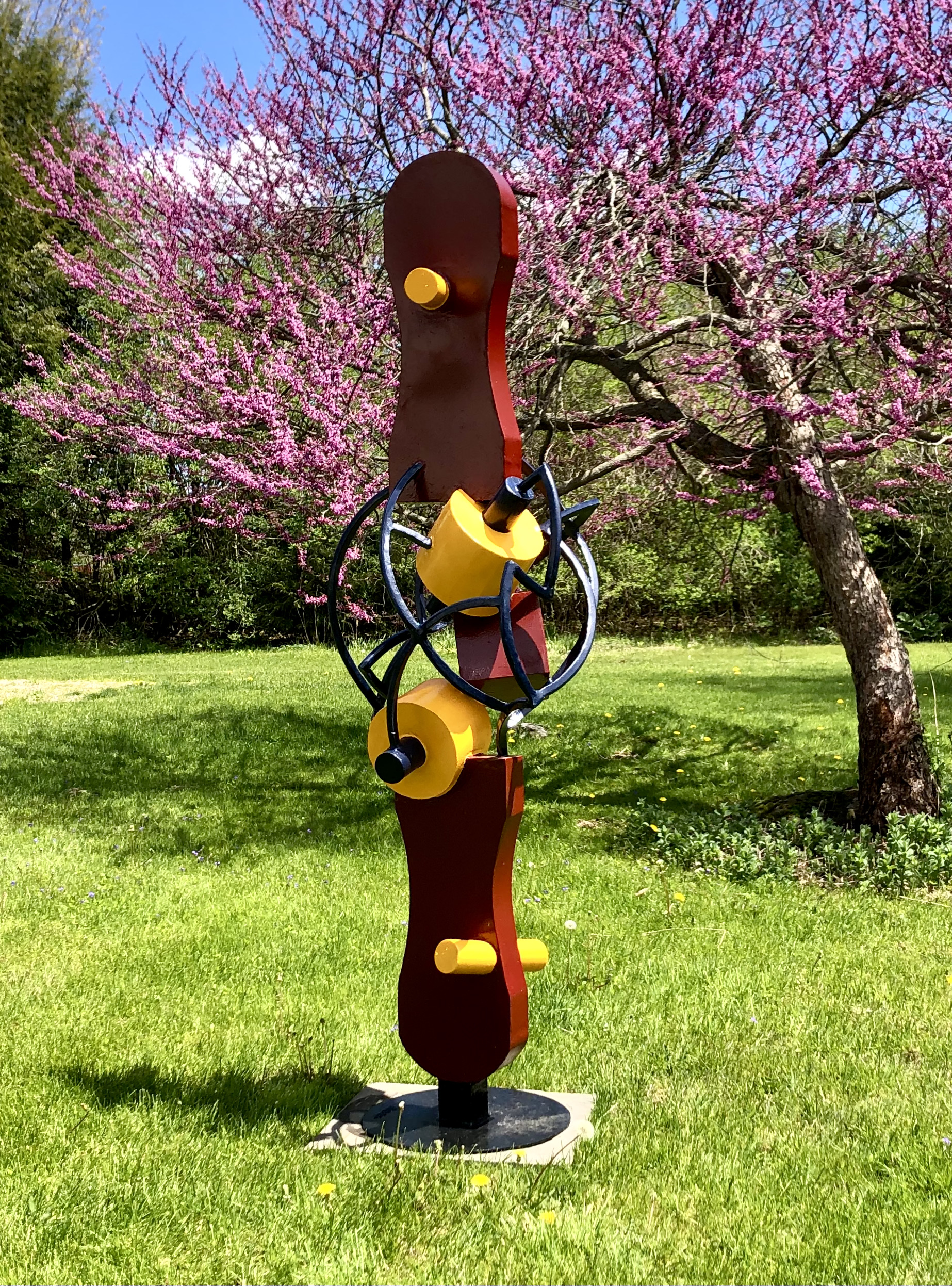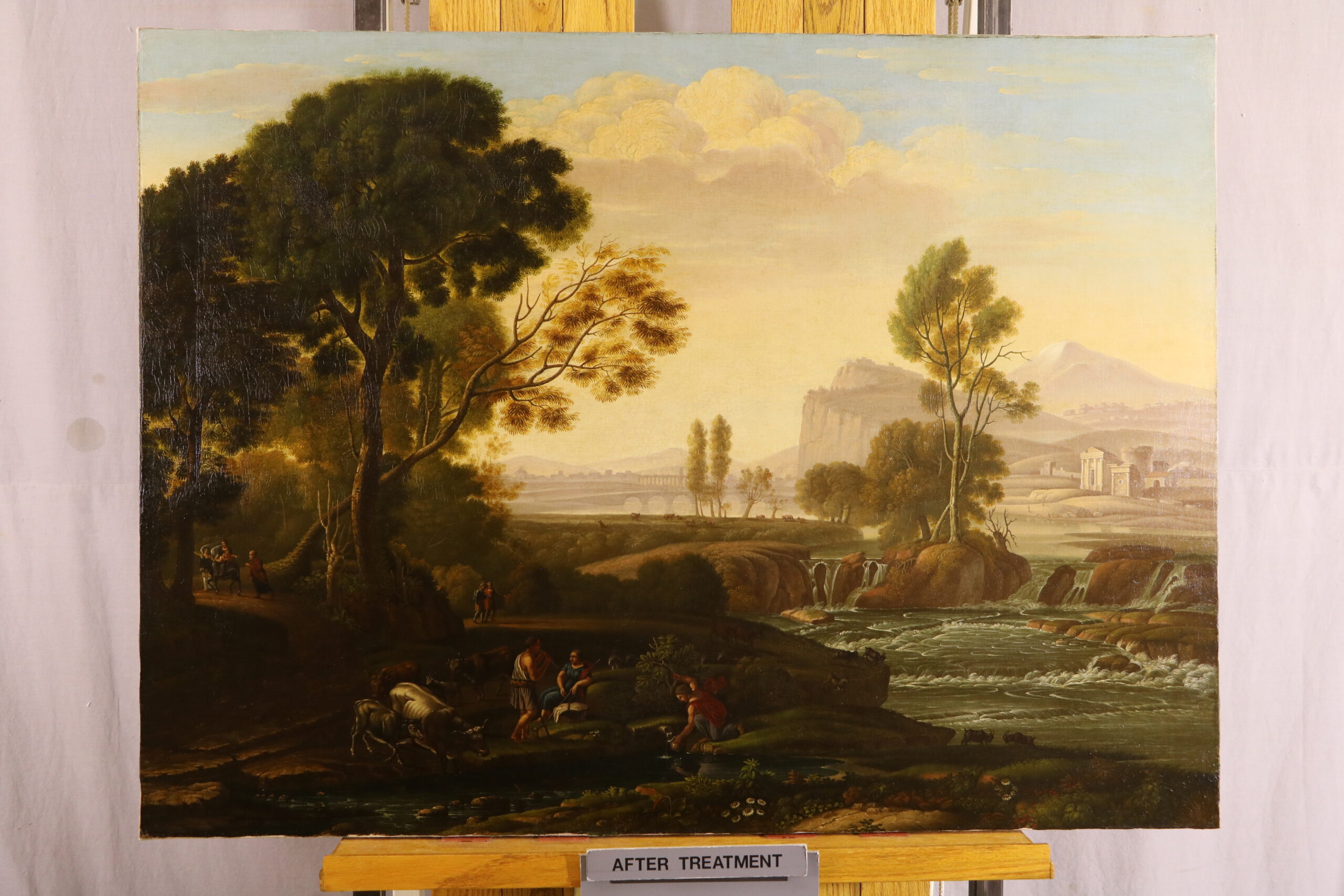Festival season in New England usually runs from May to October, plus the sprinkling of winter markets in late November and December, and most artists, makers, creators, and performers are already considering and applying to the events they want to participate in throughout the year.
Many North Shore-based festivals have released their call for art and performers, including Salem Arts Fest and Beverly Arts Fest. You can apply for each of them Here and Here respectively. Performers, in particular, are especially encouraged to apply.
For new artists, the idea of starting to participate in these kinds of events to show or sell your work or perform can be incredibly intimidating. It’s difficult to know where to begin, what festivals to apply to, what kinds of products and work you should prepare, and what your setup should be.
For artists who have done this for a while, the questions center around which festivals to do again, where are some places to extend your reach into, what kind of people you want there to help you. Also, working artists also have to think about keeping their stock at sufficient volume and also avoiding burnout.
It’s also a whole new terrain coming back to the festival circuit post-pandemic as many rules and regulations have changed and the event landscape is entirely different.
Any showing and festival-seasoned artist will tell you while that doing the circuit is difficult the effort is ultimately worth it, especially if you’ve found the markets that have the kind of people who want to buy your work. Fortunately, there are enough niche markets out there that if you do the research, you’ll be able to get into the places that have your target people.
Here are some tips to make jumping into the festival current that much easier.


Surviving the Festival Season as a New Artist Vendor
Start small. Pick a handful of markets this year that you know will be happening, think 5 or 6 tops, and apply to them all as soon as the applications go live. While you’re waiting for responses or for the application to become available, spend your time making more stuff. No matter what your medium, you should have things in a variety of price ranges. While you should definitely create signature items at higher price points, definitely consider creating some lower priced “add-on” options for those with tighter budgets or who want to fill out their bag.
Essentially, you can have a couple of feature pieces to show at your booth or table, things that you don’t expect to sell but will draw in the eyes of passersby. Your main goal is to get people into your booth. Have a big sign with your name or company name on it and make it obvious. Put price tags on everything. Some people are shy and won’t ask, and if they don’t see a price they will just walk away.
Your display matters. Put things in baskets and boxes and hang them from the side of your tent or from standalone racks (which you can find for cheap or sometimes free if you scour craigslist, thrift stores, or yard sales.) If you have no idea what your display should look like, start attending more markets and take notes. You don’t need to be as original when it comes to a display, the idea is to present your work in such a way that people can easily see and interact with it.
Bring water. Bring snacks. Bring more snacks. If the market is outside put on sunscreen. Reapply sunscreen. Offer hand sani to your guests. Pick up a backup battery so that you can charge your phone and use it as a point-of-sale system (you can get a chip reader from Square). Don’t expect to have access to wifi so maybe think about upping your data plan in the process.
Have a cashbox with small currency in it so you can make change. Have lots of it. A lot of customers will hand you $20 bills and if you can’t make change then you’ll have to borrow from your neighbor artists. They will only tolerate this for a short while.
On that note, make friends with your neighbor booths. They can watch your stuff while you run to the bathroom or go get lunch (on that note, definitely eat lunch). If you can’t find anyone to come to help you run your booth, your neighbor artists are your best bet. Also, artists love helping artists, and if they like you, they will tell you about other opportunities for you to show and sell your art.
This is a good thing.
Be polite. Talk to people who come to your booth and ask you questions. If they don’t ask questions, say hello and that you’re available to answer any questions and then leave them alone to browse. Some people will be shy and won’t be comfortable interacting with you while they’re looking. That’s ok, just leave them be. If they want to buy something they’ll let you know.
Be patient with yourself. You may not sell much the first time you do this, maybe not even the second time. The reasons for that could be related to weather or foot traffic or the economy and nothing to do with the quality of your work. Don’t take this personally. If it continues to happen, you may want to reconsider the kind of markets you’re participating in, because they may not have the right kinds of people wandering through them – i.e. the people who will buy your work.
Keep looking, keep trying – talk to more artists that have been doing it for a while and take their advice. And importantly, enjoy the experience as you start to figure things out.
Starting out as a festival artist requires a fair amount of trial and error, this is part of the process. The more you do it, the better of an idea you’re going to have about how to do it more efficiently so that you sell more stuff.
And selling more stuff is a very good thing.
What is Creative Collective?
Creative Collective is a group of economic development strategists, small business supporters, activation specialists, and believers in the importance of the creative workforce. We foster growth, sustainability, and scalability for small businesses, creative thinkers, organizations, entrepreneurs, and innovators.
Learn more and join Creative Collective at www.creativecollectivema.com/join








